Primary Producers
What are primary producers?
Living systems operate by expending energy. Organisms
need energy for growth, reproduction, and their own metabolic processes.
In short, if there is no energy, there are no life functions! Yet, no organism
can create energy—organisms can only use energy from other sources.
You probably know that you get your energy from the plants and animals
you eat. But where does the energy in your food come from? For most
life on Earth, sunlight is the ultimate energy source. Over the last
few decades, however, researchers have discovered that there are other
energy sources for life. For some organisms, chemical energy stored
in inorganic chemical compounds serves as the ultimate energy source for
life processes.
Only algae, certain bacteria, and plants like the one
in Figure 3–4 can capture energy from sunlight or chemicals and convert
it into forms that living cells can use. These organisms are called
autotrophs.
Autotrophs use solar or chemical energy to produce
“food” by assembling inorganic compounds into complex organic molecules.
| But autotrophs do more than feed themselves. Autotrophs
store energy in forms that make it available to other organisms that eat
them. That’s why autotrophs are also called primary producers.
Primary producers
The first producers of energy-rich compounds that
are later used by other organisms. |
|
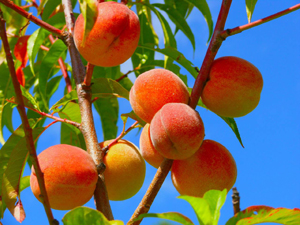 |
Primary producers are, therefore, essential to the flow
of energy through the biosphere.
Energy From the Sun
The best-known and most common primary producers harness
solar energy through the process of photosynthesis.
Photosynthesis captures light energy and uses
it to power chemical reactions that convert carbon dioxide and water into
oxygen and energy-rich carbohydrates such as sugars and starches.
This process adds oxygen to the atmosphere and removes
carbon dioxide. Without photosynthetic producers, the air would not
contain enough oxygen for you to breathe! Plants are the main photosynthetic
producers on land. Algae fill that role in freshwater ecosystems
and in the sunlit upper layers of the ocean. Photosynthetic bacteria,
most commonly cyanobacteria, are important primary producers in ecosystems
such as tidal flats and salt marshes.
Life Without Light
About 30 years ago, biologists discovered thriving ecosystems
around volcanic vents in total darkness on the deep ocean floor.
There was no light for photosynthesis, so who or what were the primary
producers? Research revealed that these deep-sea ecosystems depended on
primary producers that harness chemical energy from inorganic molecules
such as hydrogen sulfide. These organisms carry out a process called
chemosynthesis.
Chemosynthesis
A biological process in which chemical energy is used
to produce carbohydrates
Chemosynthetic organisms are not only found in the deepest,
darkest ocean, however. Several types of chemosynthetic producers
have since been discovered in more parts of the biosphere than anyone expected.
Some chemosynthetic bacteria live in harsh environments, such as deep-sea
volcanic vents or hot springs. Others live in tidal marshes along
the coast.
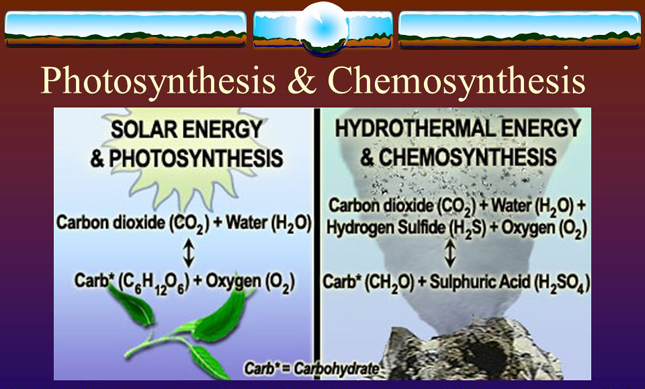
What are primary producers?
REVIEW & DO
NOW
Answer the following questions: |
What are autotrophs?
Give an example of an autotroph.
What are primary producers?
Give an example of a primary producer.
Do all primary producers get their energy from the sun? |
|
What is photosynthesis?
Give an example of a photosynthetic organism.
What is chemosynthesis?
Give an example of a chemosynthetic organism. |
|
Consumers
How do consumers obtain energy and nutrients?
Animals, fungi, and many bacteria cannot directly harness
energy from the environment as primary producers do.
Heterotrophs
organisms which must acquire energy from other organisms
by ingesting them in one way or another
Heterotrophs are also called consumers.
Consumers
Organisms that rely on other organisms for energy
and nutrients
Types of Consumers
Consumers are classified by the ways in which they acquire
energy and nutrients. As you will see, the definition of food can
vary quite a lot among consumers.
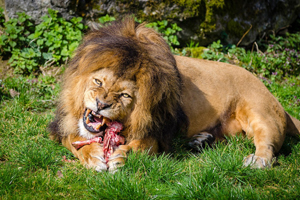 |
|
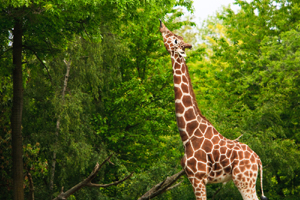 |
Carnivores
Carnivores kill and eat other animals. Carnivores
include snakes, dogs, otters, and this lion. Catching and killing
prey can be difficult and requires energy, but meat is generally rich in
nutrients and energy and is easy to digest. |
|
Herbivores
Herbivores like this long-necked giraffe obtain energy
and nutrients by eating plant leaves, roots, seeds, or fruits. Common
herbivores include cows, caterpillars, macaws, and deer. |
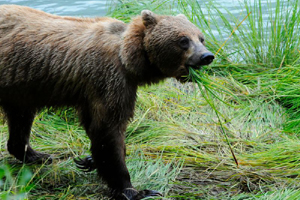 |
|
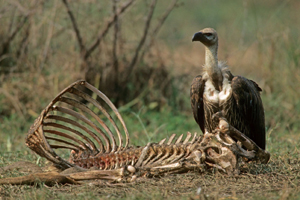 |
Omnivores
Omnivores are animals whose diets naturally include a
variety of different foods that usually include both plants and animals.
Humans, coati, pigs, and this brown bear are omnivores. |
|
Scavengers
Scavengers are animals that consume the carcasses of
other animals that have been killed by predators or have died of other
causes. This African vulture is a scavenger. |
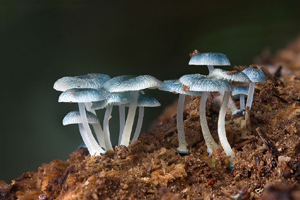 |
|
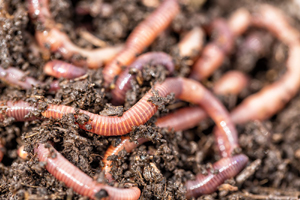 |
Decomposers
Decomposers, such as bacteria and fungi (like this mushroom),
“feed” by chemically breaking down organic matter. The decay caused
by decomposers is part of the process that produces detritus—small pieces
of dead and decaying plant and animal remains. |
|
Detritivores
Detritivores like this giant earthworm feed on detritus
particles, often chewing or grinding them into even smaller pieces.
Many types of mites, snails, shrimp, and crabs are detritivores.
Detritivores commonly digest decomposers that live on, and in, detritus
particles. |
Beyond Consumer Categories
Categorizing consumers is important, but these simple
categories often don’t express the real complexity of nature. Take
herbivores, for instance. Seeds and fruits are usually rich in energy
and nutrients, and they are often easy to digest. Leaves are generally
poor in nutrients and are usually very difficult to digest. For that
reason, herbivores that eat different plant parts often differ greatly
in the ways they obtain and digest their food. In fact, only a handful
of birds eat leaves, because the kind of digestive system needed to handle
leaves efficiently is heavy and difficult to fly around with!
| Moreover, organisms in nature often do not stay inside
the tidy categories ecologists place them in. For example, some animals
often described as carnivores, such as hyenas, will scavenge if they get
a chance. Many aquatic animals eat a mixture of algae, bits of animal
carcasses, and detritus particles—including the feces of other animals!
So, these categories make a nice place to start talking about ecosystems,
but it is important to expand on this topic by |
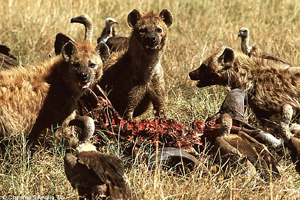 |
| discussing the way that energy and nutrients
move through ecosystems. |
How do consumers obtain energy
and nutrients?
REVIEW & DO
NOW
Answer the following questions: |
What is a heterotroph?
Give an example of a heterotroph.
What is a consumer?
Give an example of a consumer.
Are all heterotrophs consumers?
What are carnivores?
Give an example of a carnivore.
What are herbivores?
Give an example of a herbivore. |
|
What is an omnivore?
Give an example of an omnivore.
What is a scavenger?
Give an example of a scavenger.
What is a decomposer?
Give an example of a decomposer.
What is a detritovore?
Give an example of a detritovore. |
|
|


